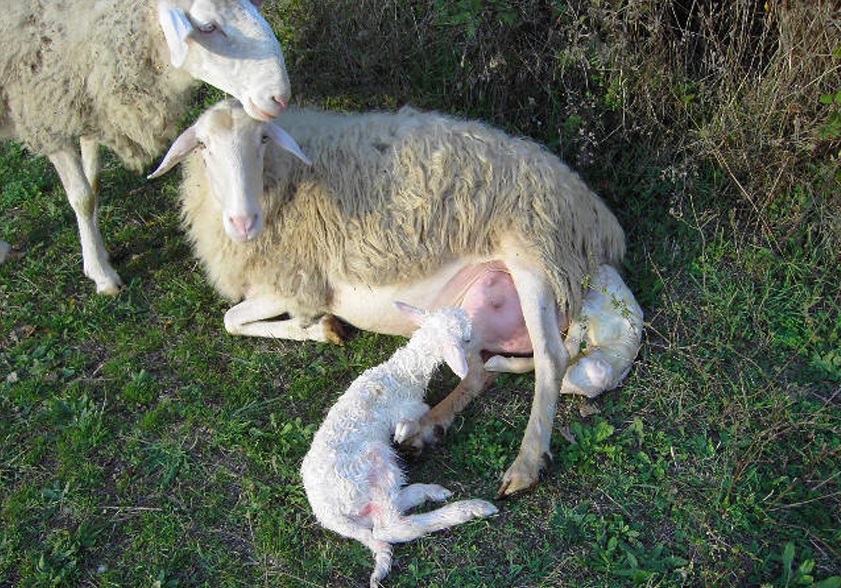On December 11, 2019, Transhumance became Intangible Cultural Heritage of Humanity.
In 2015, Greece, Austria, and Italy, started to promote this very ancient herding practice preserved by the communities in rural areas. It was Molise, that gathered the shepherds from the Italian regions, where the seasonal migration of flocks is carried out. Transhumance takes place from the plains to the mountains, along semi-natural tratturi (sheep tracks); herds and shepherds travel for days, stopping occasionally in posts.
In the Mediterranean countries and in the Alps, this prehistoric tradition has preserved a balanced relationship between man and nature, a sustainable use of natural resources, and the respect of the animal welfare and seasonal rhythms.
In Italy, this tradition is still practiced in sixty thousand farms, involving 6.2 million sheep of 38 different breeds. Sheep farming is still widespread both in the Alpine area (Lombardy and Val Senales in Alto Adige), in Lazio (Amatrice and Ceccano), in Abruzzo, Molise, Campania and Puglia, where the main sheep-track tratturo del re arrives.
Transhumance is part of the rich list of World Heritage Sites in Lazio.

The Transhumance of the flocks
